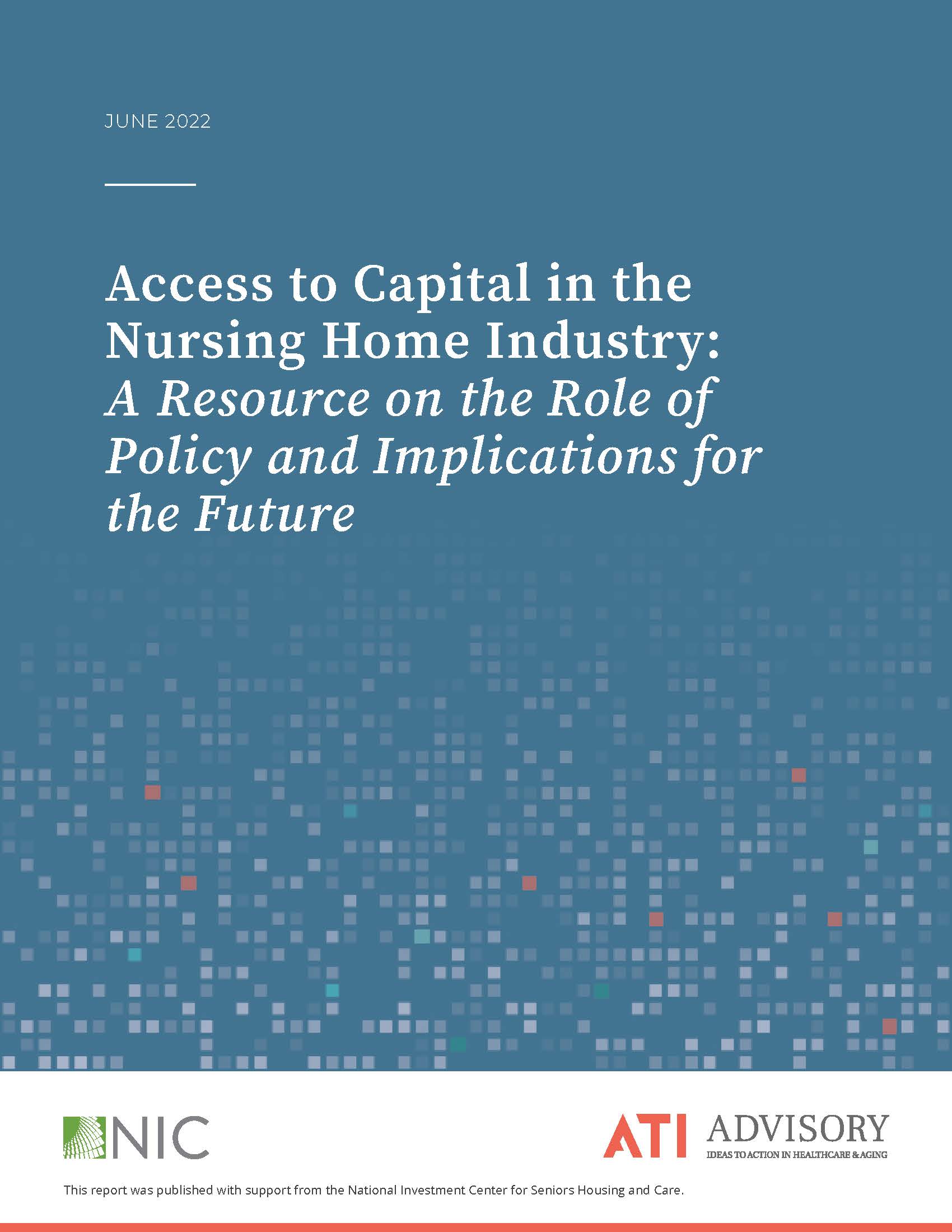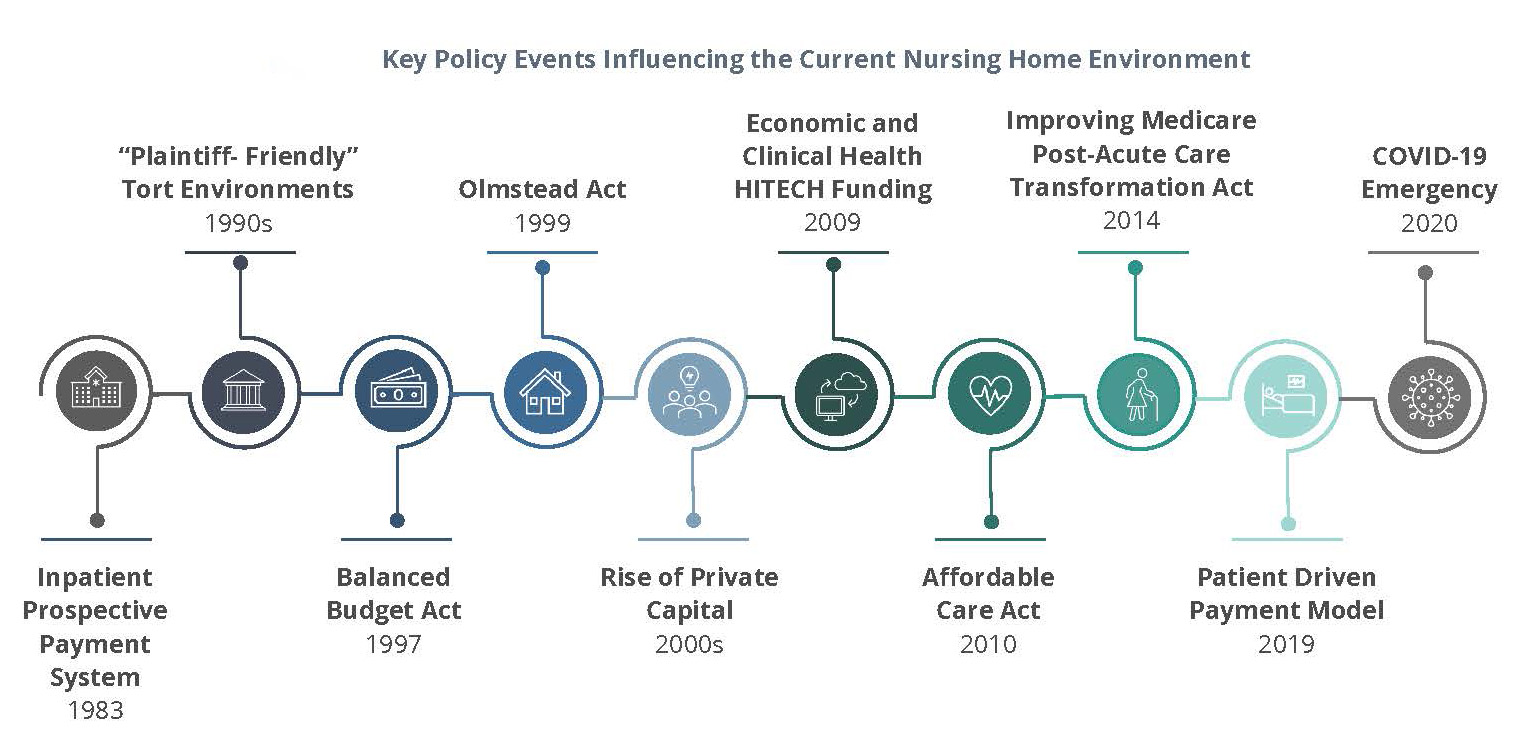With the highly contagious omicron variant seemingly behind us and senior housing occupancy recovery continuing for the third consecutive quarter through Q1 2022, there is waning optimism regarding operating margins. In the Wave 42 survey, almost 60% of survey respondents expect margins to increase in the next six months, although this is down from 75% of respondents in the Wave 38 survey. Rising operating expenses limit the degree to which operating margins will grow in the next six months. Staffing challenges remain top of mind. Only 20% of respondents indicate that staffing challenges will improve in the next year, while 20% indicate it will take until 2024 to see improvement, and 30% signal staffing issues will not improve until 2025 or later. The most effective method cited for attracting new community staff is increasing wages (65%), followed by flexible schedules (15%), and hiring bonuses (5%). Staffing and a slowdown in lead conversions are affecting the pace of move-ins, which slowed for memory care and nursing care properties, but remained consistent for assisted living and independent living properties.
–Ryan Brooks, Senior Principal, NIC
NIC’s Executive Survey of senior housing and skilled nursing operators was implemented in March 2020 to deliver real-time insights into the impact of the pandemic and the pace of recovery. In its third year, the “ESI” is transitioning away from the COVID-19 crisis to focus on timely industry topics. While some standard questions will remain for tracking purposes, in each new survey “wave,” new questions are added.
This Wave 42 survey includes responses from May 31 to June 26, 2022, from owners and executives of 61 small, medium, and large senior housing and skilled nursing operators across the nation, representing hundreds of buildings and thousands of units across respondents’ portfolios of properties. More detailed reports for each wave of the survey and a PDF of the report charts can be found on the NIC COVID-19 Resource Center webpage under Executive Survey Insights.
In the Wave 42 survey, reflecting operator experiences in June 2022, the pace of move-ins in the past 30 days remained steady for independent living residences (44%) and assisting living residences (52%), but declined substantially for memory care residences (20%) and nursing care residences (37%). In the previous Wave 41 survey, 51% of memory care and 68% of nursing care reported an acceleration in the pace of move-ins.
 With regards to operators reporting a deceleration in the pace of move-ins, it is the third consecutive wave with an increase in memory care properties reporting a deceleration in the pace of move-ins, up from 4% in Wave 40 and 8% in Wave 41 to 20% in Wave 42.
With regards to operators reporting a deceleration in the pace of move-ins, it is the third consecutive wave with an increase in memory care properties reporting a deceleration in the pace of move-ins, up from 4% in Wave 40 and 8% in Wave 41 to 20% in Wave 42.
Of respondents indicating a deceleration in the pace of move-ins, 65% indicate the deceleration is a result of a slowdown in leads conversions or sales, 15% indicate resident or family member concerns, and 15% cite staffing constraints.
Most respondents reported no change in the pace of move-outs. Between 70% and 80% of organizations reported no change in the pace of move-outs, which may aid occupancy stability or improvements in the coming months. While few organizations observed an acceleration in the pace of move-outs, of those that did, fewer than one-half reported residents moving to higher levels of care (41%) —much lower than in the Wave 39 survey (73%). This appears to be reflected in the decreases in the pace of move-ins in care segments serving residents with the highest acuity.
Anticipated increases in operating margins have contracted since Wave 38. Just over one-half of respondents (58%) anticipate their organization’s operating margins to increase in the near future. This is down from 75% of respondents in the Wave 38 survey, the most recent survey to include this question. About one in five respondents (18%) anticipate operating margins to increase by greater than 10%, about one-third (35%) anticipate operating margins to increase by 6%-10%, and few (5%) anticipate operating margins to increase by 1%-5%.
In the Wave 42 survey, the share of respondents anticipating operating margins to decrease in the next six months grew. About one-quarter of respondents (27%) anticipate operating margins to decrease between 1% and 5%, and one-eighth of respondents (13%) anticipate operating margins to decrease between 6% and 10%. In the Wave 38 survey, only 5% of respondents anticipated operating margins to decrease in the next six months, and those decreases were anticipated to be between 1% and 5%.
Driving the contraction in anticipated operating margins is likely increased operating expenses. A significant 84% of respondents reported that operating expenses have increased since the beginning of 2022. About one in ten (11%) reported operating expenses have remained the same, and a meager 5% reported operating expenses have decreased since the beginning of 2022.
Staffing challenges remain a primary concern for respondents as well. Respondents are anticipating staffing challenges to remain much further into the future as compared to the Wave 41 results. Respondents anticipating improvement in staffing challenges in 2024 doubled, from 10% to 20%, and respondents anticipated improvement in 2025 or later tripled from 10% to 30% from Wave 41 to Wave 42.
In the Wave 42 survey, 20% of respondents report the severity of staffing shortages to be severe, 71% report them to be moderate, and 8% report them as minimal. One-fifth of operators have more than 20% of full-time positions open, while another one-fifth have between 16% and 20% of full-time positions open. One-third of operators have 11% to 15% of positions open and one-quarter have between 6% and 10% open. The most effective method cited for attracting new community staff is increasing wages (65%), followed by flexible schedules (15%), and hiring bonuses (5%). 
Wave 42 Survey Demographics
- Responses were collected between May 31 and June 26, 2022, from owners and executives of 61 senior housing and skilled nursing operators from across the nation. Owner/operators with 1 to 10 properties comprise roughly two-thirds (67%) of the sample. Operators with 11 to 25 make up 20% and operators with 26 properties or more make up the remaining 13%.
- One-half of respondents are exclusively for-profit providers (52%), more than one-third operate not-for-profit seniors housing and care organizations (38%), and 10% operate both.
- Many respondents in the sample report operating combinations of property types. Across their entire portfolios of properties, 70% of the organizations operate seniors housing properties (IL, AL, MC), 23% operate nursing care properties, and 36% operate CCRCs (aka Life Plan Communities).
This is your survey! Owners and C-suite executives of seniors housing and care properties, please help us tell an accurate story about our industry’s performance. The ESI 2022 questionnaire has been shortened from prior surveys. While some standard questions will remain for tracking purposes, in each new survey wave, new questions can be added based on respondents’ suggestions.
Wave 43 of the ESI is now live. The current survey is available and takes ten minutes to complete. If you are an owner or C-suite executive of seniors housing and care and have not received an email invitation to take the survey, please contact Ryan Brooks at rbrooks@nic.org to be added to the list of recipients.
NIC wishes to thank survey respondents for their valuable input and continuing support for this effort to provide the broader market with a sense of the evolving landscape as we recover from the pandemic.





